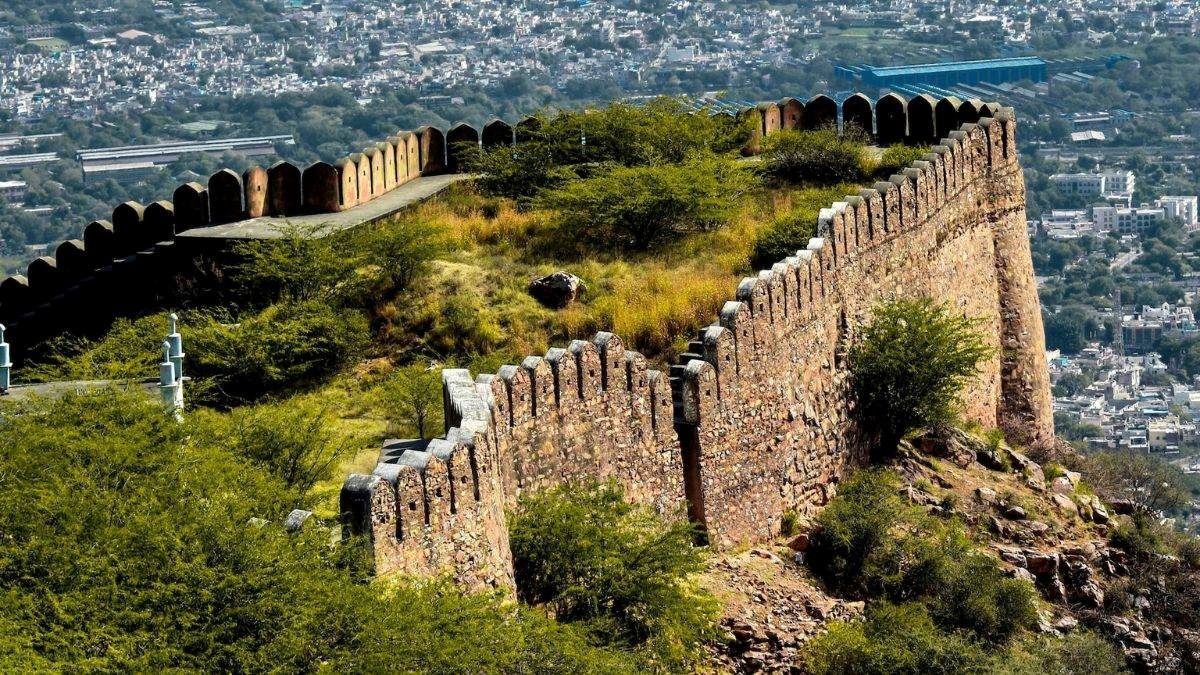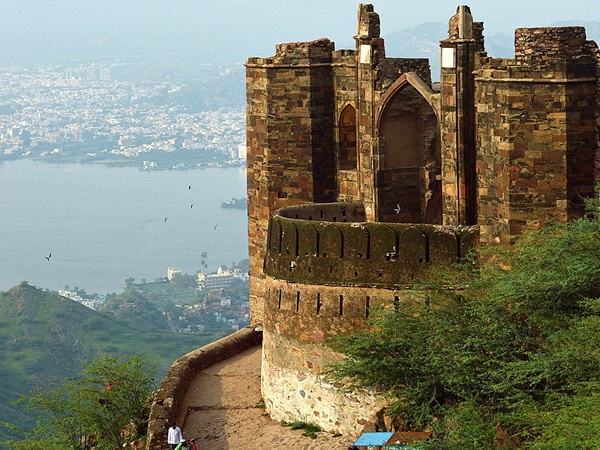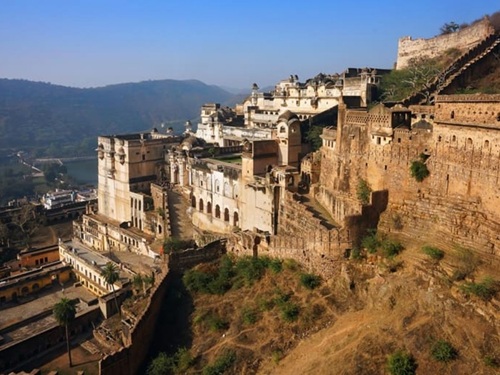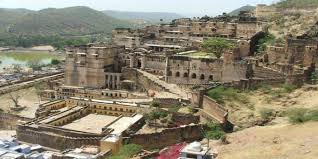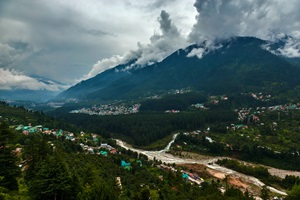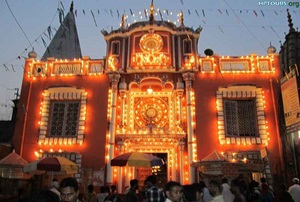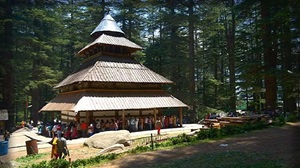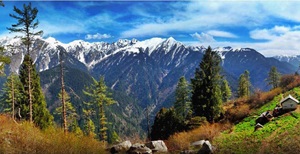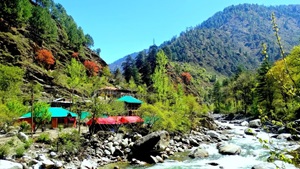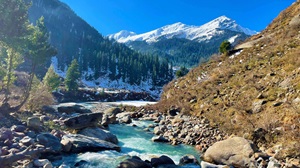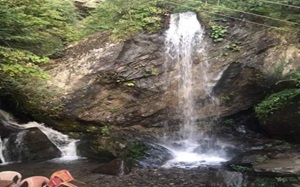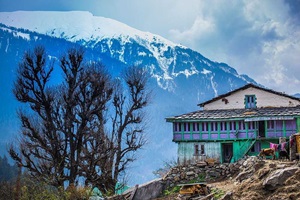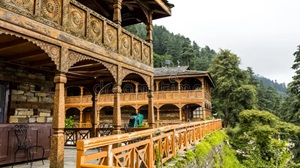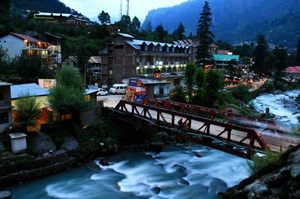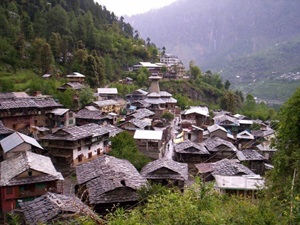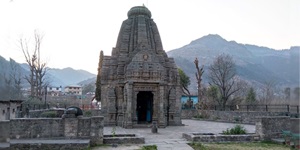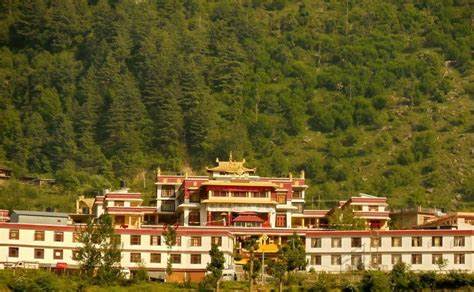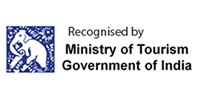Great Himalayan National Park – A UNESCO World Heritage Site in Kullu
Great Himalayan National Park, located in the heart of the Kullu Valley, is a pristine wilderness area and a UNESCO World Heritage Site. Known for its remarkable biodiversity, this park is a paradise for nature enthusiasts, trekkers, and wildlife lovers.
Covering an area of over 1,100 square kilometers, the park is a haven for endangered species, rare flora, and dramatic landscapes, making it one of the most important protected areas in India.
Historical Significance
The Great Himalayan National Park is not only a natural wonder but also holds cultural and historical significance. The region is home to indigenous tribes who have lived in harmony with the land for centuries, preserving the traditional ways of life and contributing to the conservation of its biodiversity.
The park’s designation as a UNESCO World Heritage Site highlights its global importance and the efforts to protect its unique ecosystem.
Highlights
Great Himalayan National Park offers unparalleled scenic beauty with its towering peaks, alpine meadows, glacial rivers, and deep valleys. It is also famous for its diverse range of wildlife, including the elusive snow leopard, the Himalayan brown bear, and numerous species of birds and butterflies.
The park is a photographer’s dream, with spectacular vistas that change with the seasons, from lush green landscapes in the summer to snow-covered mountains in the winter.
Key Attractions
- Flora and Fauna – Explore the diverse range of plant and animal life, from alpine meadows to dense forests, home to a variety of species.
- Trekking Trails – The park offers various trekking routes, including the challenging 13-day trek to the iconic Rorich and Himachal Trails, attracting seasoned trekkers.
- Scenic Views – Enjoy panoramic views of the snow-capped peaks, alpine lakes, and beautiful valleys, ideal for nature photography and relaxation.
- Conservation Efforts – Learn about the park’s significant conservation programs that aim to protect endangered species and preserve the fragile ecosystem.
Activities
- Trekking – Hike through scenic trails with varying levels of difficulty, exploring the untouched beauty of the Himalayas.
- Wildlife Watching – Spot rare and endangered species, including snow leopards, Himalayan tahr, and various bird species like the Western Tragopan.
- Photography – Capture stunning landscapes, wildlife, and natural beauty in one of the most picturesque locations in India.
- Camping – Enjoy camping in the midst of the wilderness, under the stars, in a truly serene and tranquil environment.
How to Reach
- By Road: The park is accessible from Kullu, which is well-connected by road. From Kullu, local taxis or buses can take you to the park entrance.
- By Train: The nearest railway station is Joginder Nagar Railway Station, approximately 145 km from the park. You can hire a taxi to reach the park.
- By Air: The nearest airport is Bhuntar Airport in Kullu, around 50 km from the park. From there, you can hire a taxi to reach the park.
Best Time to Visit
- Season: The best time to visit is from March to June and September to November when the weather is ideal for trekking and wildlife watching.
- Time of Day: Early morning and late afternoon are the best times for wildlife sightings and photography.
Nearby Attractions
- Kullu Valley – Known for its natural beauty, apple orchards, and rivers, perfect for a scenic retreat.
- Manali – A popular hill station offering a mix of adventure sports, cultural experiences, and stunning landscapes.
- Raghunath Temple – A revered Hindu temple located in the heart of Kullu, dedicated to Lord Ram.
- Solang Valley – Famous for its adventure activities, including paragliding, skiing, and zorbing.
Tips for Visitors
- Pack Proper Gear: As the terrain can be challenging, make sure to bring sturdy footwear, trekking poles, and warm clothes for higher altitudes.
- Permits: Check with the authorities for permits, as the park is a protected area and permits are required for trekking and camping.
- Respect Wildlife: Keep a safe distance from animals and avoid disturbing their natural habitat.
- Stay Hydrated: Carry sufficient water and snacks, as the park is remote and facilities are limited.
